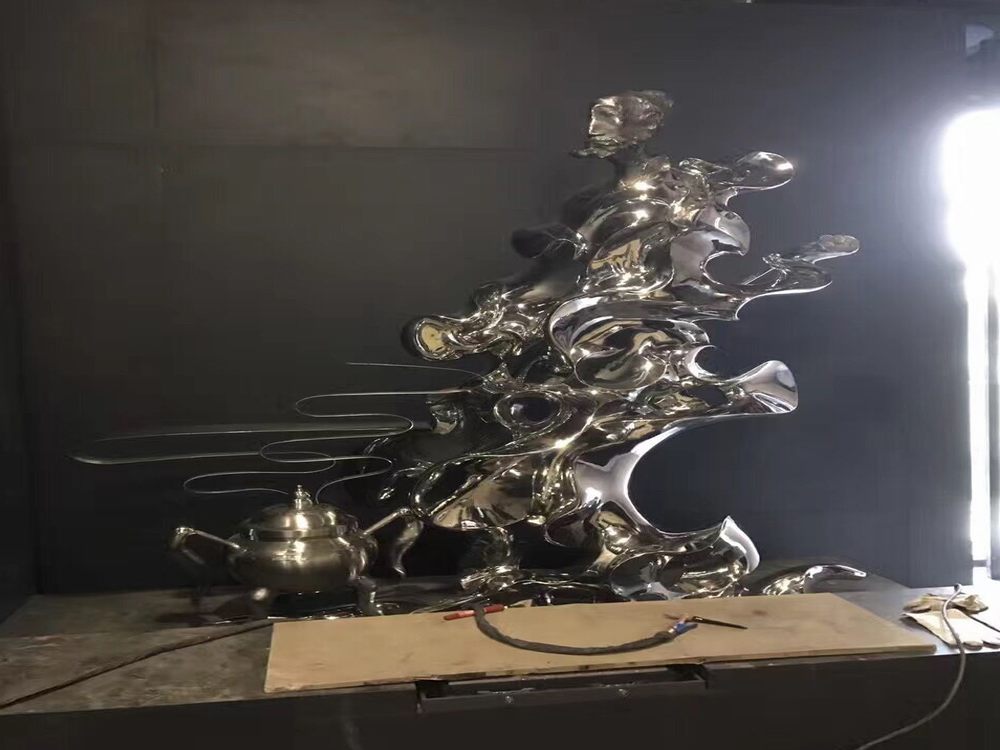
Creating kinetic bronze sculptures is a complex art form that combines metallurgy, engineering, and artistic vision. One of the primary challenges lies in the material itself—bronze is heavy and requires precise engineering to achieve fluid motion without compromising structural integrity. Artists must carefully balance weight distribution while ensuring joints and moving parts withstand constant friction and environmental wear.
Another significant hurdle is the casting process. Unlike static sculptures, kinetic pieces demand exact tolerances for moving components, requiring flawless mold-making and casting techniques. Even minor imperfections can disrupt the sculpture's motion or lead to premature wear.
Designing harmonious movement presents its own set of difficulties. Sculptors must predict how the piece will interact with air currents or viewer interaction while maintaining aesthetic appeal. This often involves extensive prototyping and testing, sometimes requiring adjustments to the original artistic vision.
Weather resistance adds another layer of complexity. Outdoor kinetic bronze sculptures must endure temperature fluctuations, moisture, and wind while maintaining their motion characteristics. Artists often incorporate special patinas or protective coatings, which must not interfere with moving parts.
Finally, the high cost of materials and specialized fabrication processes creates financial barriers. Each kinetic bronze sculpture represents a significant investment of time, resources, and technical expertise, making this one of the most challenging forms of metal artistry to master.

